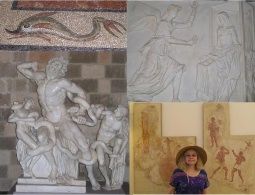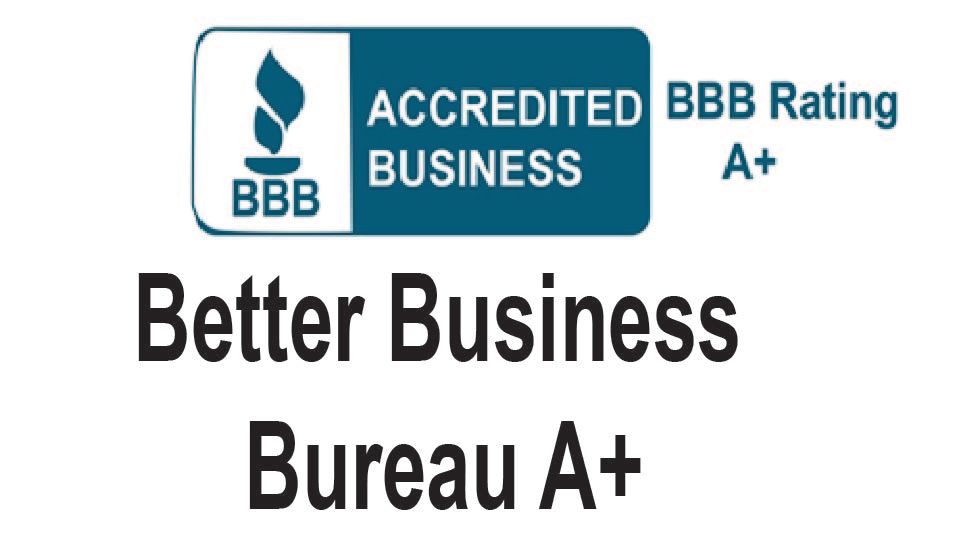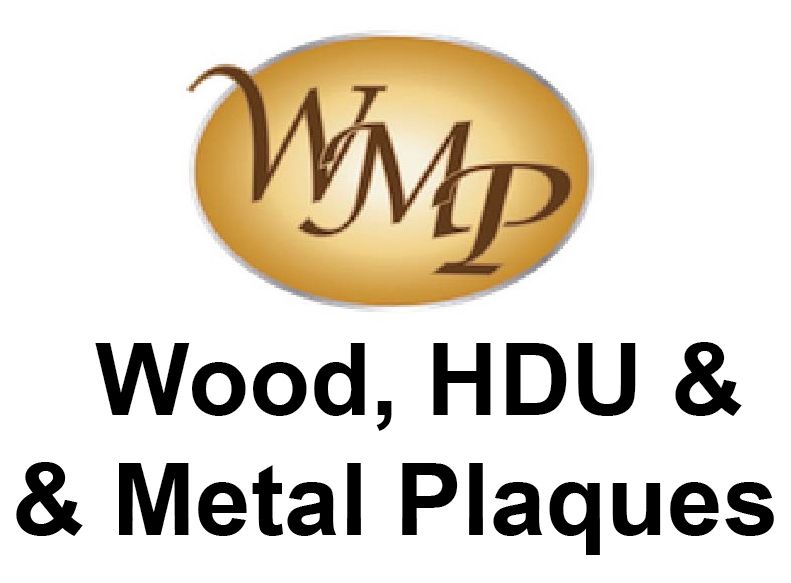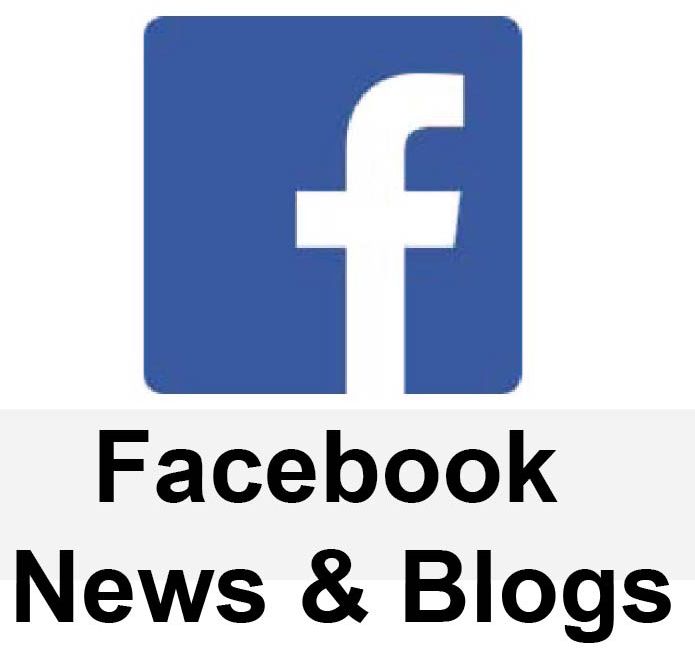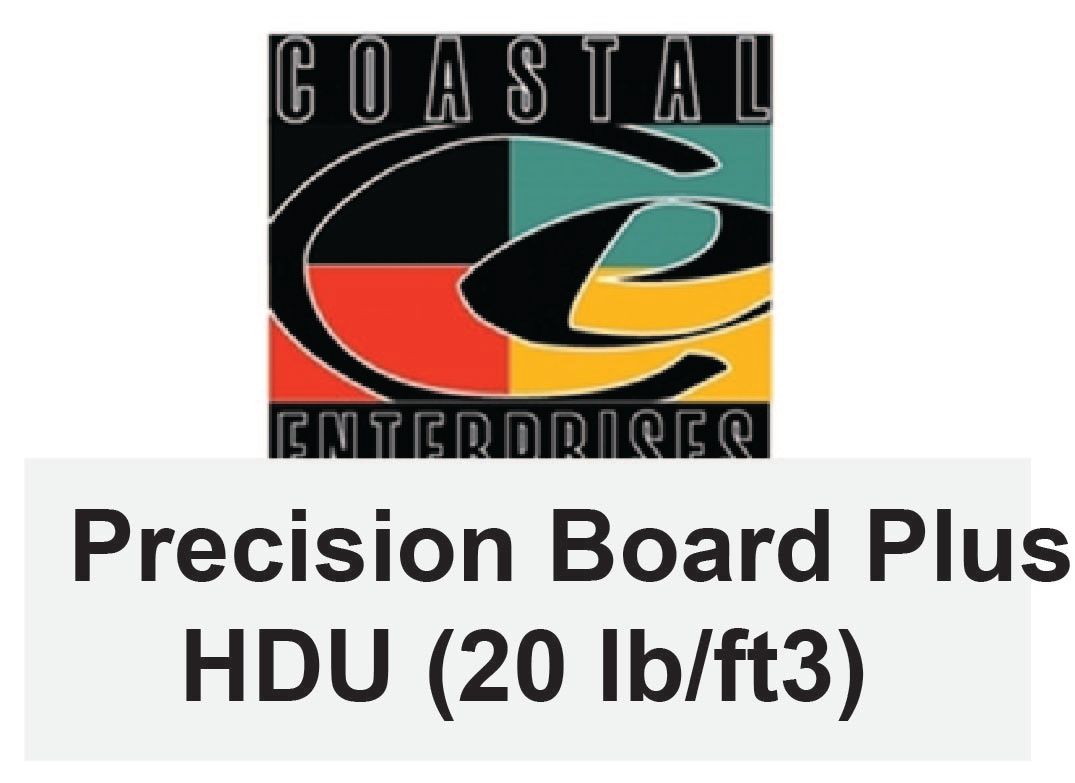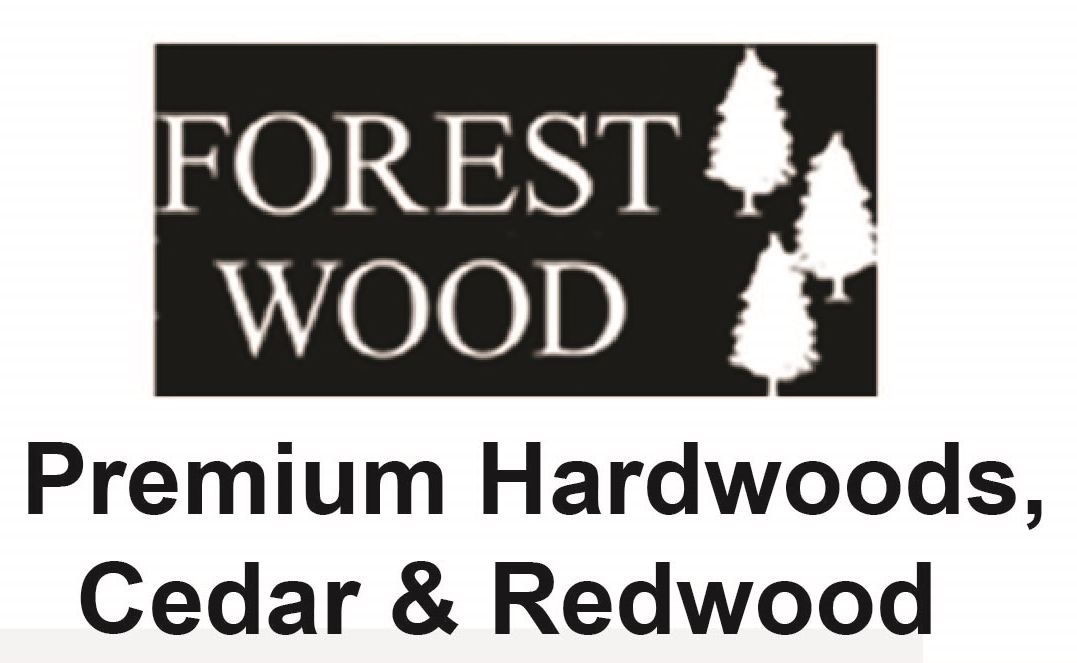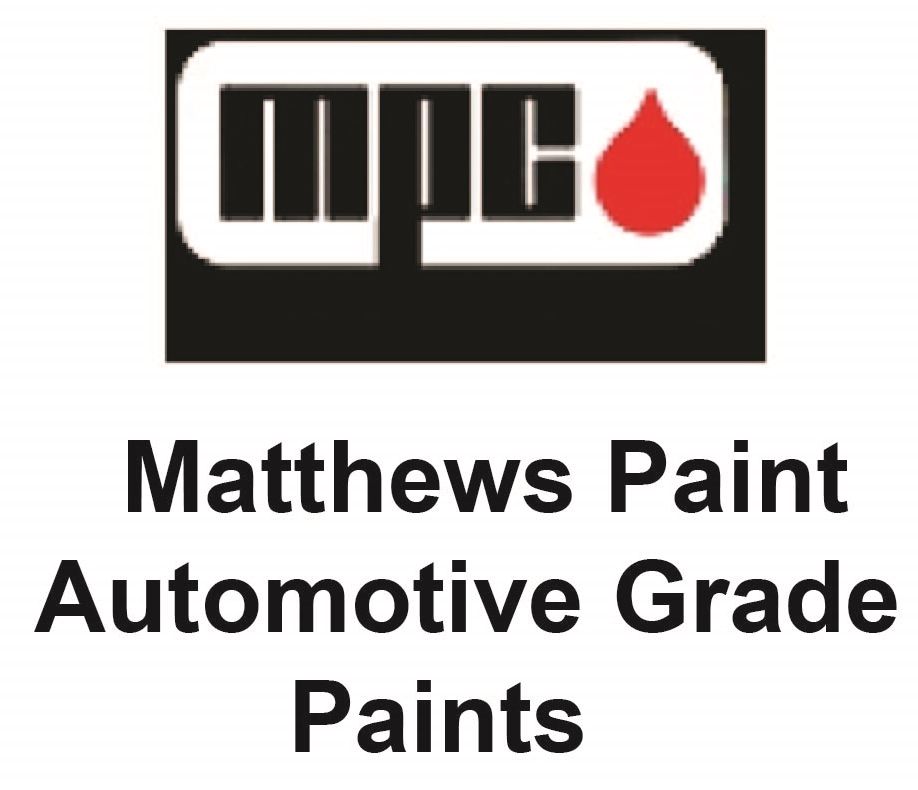2.5-D (2 1/2 Dimensional) Carving-Flat Relief
This technique is used widely for most our our sandblasted signs (Product Line 1) and many of our CNC routed signs. Signs which use it are referred to as Dimensional signs, as contrasted with 2-D (flat surface or printed signs). signs. 2.5-D signs have either multi-level (up to 5 levels) raised flat borders, artwork and letters, or engraved artwork and letters, or both. These are sometimes referred as flat relief, since all sign surfaces are flat rather than curved or rounded.
When completed, 2-5 D sr CNC routing results in several layers (2 to as many as 5 layers) , all of which are flat (not rounded). Typical differences in depth are 0.1 to 0.5 inches per layer. This creates a 3 dimensional look, but does not have curved or rounded 3-D surfaces like 3-D bas-relief carving (see entry below). 2.5 D relief is accomplished by CNC routing and sandblasting. . From a distance a sign with 2.5-D carving gives the impression of 3-D but without the complexity and cost 3-D (either the labor of hand-carving or of programming the CNC router). For multi-layer sandblasting, the mask is removed in a sequence of steps with sandblasting done after each sectional area of the sandblask mask is removed. The first area of the mask removed is the deepest relief; the sec
ond area removed is a little higher (less depth), etc. The area of the sign where the mask is not removed at all is the original surface of the substrate (not blasted at all). For single-layer sandblasting, the mask area to be removed is removed all at the same time, so there is only two levels of depth, the original surface (no blast) and the blasted area, which is usually 0.4 to 0.5 in deep.
For CNC routing, 2.5 D carving is created by keeping the z-axis fized while moving the spinning tool in the spindle in the x- and y-axes, creating a flat layer at a constant depth. This is different than 3 D carving, where the z-axis is continuously moved up and down to create a curved surface while the tool moves in x and y. Each layer is created by adjusting the z position to a different fixed depth.
2.5-D multi-layer raised relief CNC routing utilizes 2-D vector art (EPS or AI files)., which is readily made by tracing a drawing or photo, or using commercially available clip art. This is done by using Adobe Illustrator and then ASPIRE computer programs. In contrast, 3-D carving requires either (1) developing 3 D art computer models in-house with sophisticated software), (2) purchasing either "off-the-shelf" 3D computer software models from a commercial supplier (we use several sources) , or less common, (3) an experienced wood carver/sculptor who carves the 3-D art by hand with chisels and rasps. We use all three of these approaches, depending on the sign. 3-D cast bronze plaques are made with a sculptet using clay, which is then used to make a negative mold, which is used to pour the molton cast bronze.




